Roof Prism Binoculars
What is Prism?
A Prism can be made out of translucent material. In this case, most binoculars prisms are made of glass. This glass must be smooth on both sides and set at an acute angle and is mostly in the shape of a triangle. This is to enable the absorption and dispersion of light.
Prisms generate a maximum quantity of light entering into the binoculars and finally into the eyepiece.
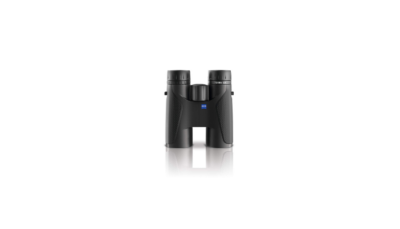
Zeiss 10×42 Terra ED Binocular Review
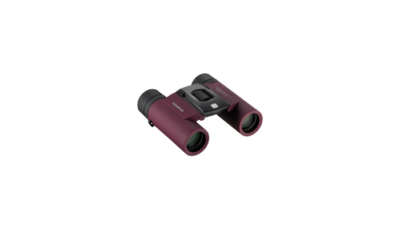
Olympus 8×25 WP II Binocular 15mm Review
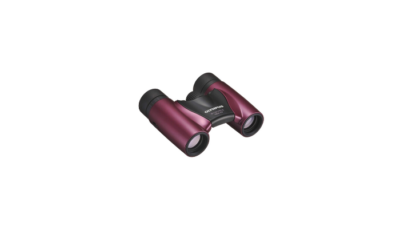
Olympus 8X21 RC II Binocular Review
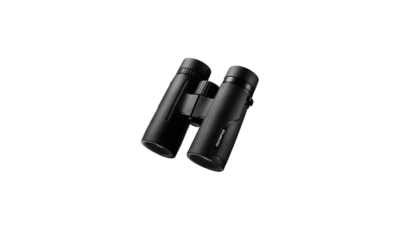
Olympus 8 X 42 PRO Binocular Review
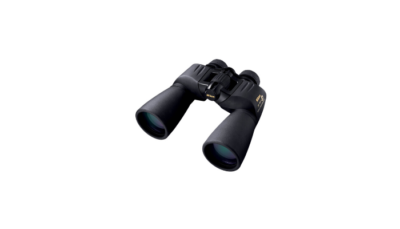
Nikon Action EX ATB Binocular Review
What is ROOF PRISM?
There are many types of roof prism used in binoculars. All the same, we are going to focus mostly on the Abbe-Koenig and the Schmidt-Pechan. This is because these two are the most widely used roof prism designs in most binoculars.
Abbe-Koenig is in the form of a v-shape made of two joined prisms. This v-shape causes light to be reflected off the prism as it moves via the opposite side. This causes an extension in the path of the light of travel.
In Schmidt-Pechan have a more compact design. They are also made of two prisms separated by a slight air gap. In this case, the prisms are angled. This angle elongates the path of light travel enhancing light absorption and brightness in comparison to the Abbe-Koenig prism.
Roof prism binoculars have a more complex light path and require much greater optical precision in manufacturing.
Features of Roof Prism Binoculars
- Roof prism binoculars have two straight tubes, making them smaller and more compact. Roof prism glasses don’t have an external bridge that joins the two eyepieces as in Porro glasses. Focusing is done by moving lenses inside the device.
- There are no moving parts outside; the mechanics of the binoculars are protected. Waterproof and fog proofing is easier to release in Roof Prism binoculars. Also, their objective lens is straight in line with the eyepiece.
- In most expensive Roof Prism binoculars manufacturers use dielectric prism coatings which allows reflecting 99% of the light that passes through the binocular.
- In less expensive Roof Prism binoculars manufacturers apply silver mirror coatings that allow them to reflect 98% of the light.
Why Use Roof Prism Binoculars
- They are very durable
- Roof prism binoculars are lighter in weight
- They have a more compact design.
- When it comes to matters waterproofing, they are excellent.
- Better magnification strength
- They are weatherproof
Comparison between Roof Prism and Porro Prism Binoculars
Roof Prism binoculars are more costly, more compact and narrower than Porro Prism binoculars. This means that they are more portable than Porro Prism binoculars.
Porro Prisms binoculars can produce brighter images than roof prism binoculars of similar objective size, optical quality and magnification. However, the Roof Prism binoculars are slowly advancing and they are likely to dominate the industry of binoculars in terms of quality.
Who should use Roof Prism Binoculars?
People who enjoy stargazing or longer-range watching of wildlife, find these binoculars handy since they provide more magnification.
Conclusion
Roof Prism binoculars come with many distinct features in every model. They are durable and easy to maintain, ensuring that the maintenance costs are minimal. Additionally, most of them come with the manufacturers’ warranty, ensuring that users can get after-sales-services if their devices become faulty.
